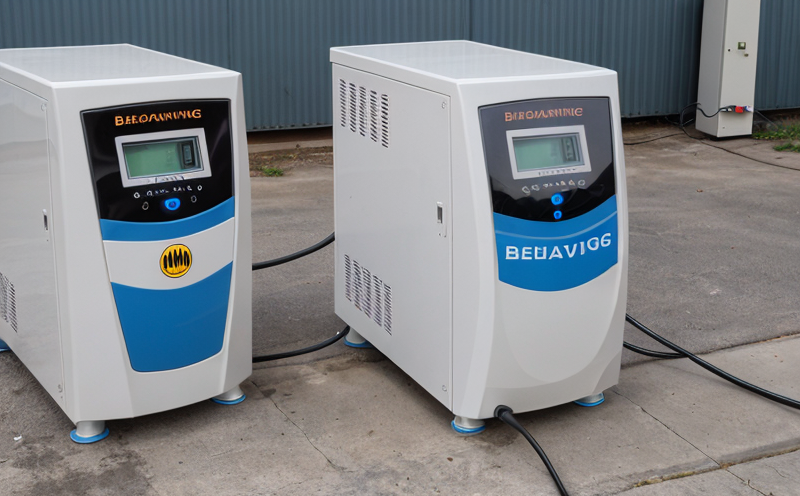Charging & Discharging Behavior Testing
The testing of charging and discharging behavior in batteries is a critical aspect of ensuring the reliability, performance, and safety of energy storage systems. This testing evaluates how efficiently and safely batteries can store electrical energy during charging cycles and release it during discharge cycles.
Understanding these behaviors helps manufacturers optimize battery designs, improve cycle life, and ensure that they meet stringent industry standards for performance and safety. This is particularly important in sectors like automotive, renewable energy storage, consumer electronics, and portable devices where the reliability of batteries directly impacts product longevity and user experience.
The testing involves a series of controlled procedures designed to simulate real-world conditions under which batteries are expected to function. These tests help identify potential weaknesses or issues that could arise during use, ensuring products can withstand various stressors without compromising safety or performance.
For instance, in automotive applications, accurate charging and discharging behavior testing is essential for electric vehicles (EVs), where the battery plays a pivotal role in determining driving range. In portable electronics, such as smartphones and tablets, these tests ensure that devices maintain consistent power output over multiple charge-discharge cycles.
The International Organization for Standardization (ISO) provides guidelines through its standard ISO 12453, which sets forth the procedures for evaluating the cycle life of rechargeable batteries. Additionally, the American Society for Testing and Materials (ASTM) offers specific standards like ASTM D6079 that address similar aspects.
To perform these tests effectively, laboratories use advanced equipment such as battery testers or load banks capable of simulating realistic charging profiles. Specimen preparation typically involves ensuring the battery is fully discharged before testing begins to provide an accurate baseline measurement.
During the test, parameters monitored include current draw during charge and discharge phases, voltage levels, internal resistance changes, and temperature fluctuations. The data collected helps determine whether a battery meets specified performance criteria set forth by regulatory bodies or industry standards.
International Acceptance and Recognition
- ISO 12453: This standard provides guidelines for evaluating the cycle life of rechargeable batteries, which is widely recognized globally.
- ASTM D6079: Offers specific testing methods for lithium-ion cells used in portable electronic devices. Compliance with these standards ensures compatibility and safety across international markets.
Environmental and Sustainability Contributions
Battery testing, especially focusing on charging and discharging behavior, contributes significantly to environmental sustainability by promoting the development of more efficient and longer-lasting batteries. By identifying areas for improvement early in the design process, manufacturers can reduce material waste and extend product lifecycles.
Through rigorous testing, industries can minimize resource consumption while enhancing energy efficiency, ultimately leading to reduced carbon footprints associated with battery production and disposal processes. For example, optimized charging algorithms based on test results contribute to lower electricity usage during recharging, thus saving resources and reducing emissions.
Moreover, sustainable practices adopted during testing encourage the use of recyclable materials in manufacturing, contributing positively to circular economy principles. This approach not only benefits the environment but also fosters innovation within the industry by encouraging eco-friendly solutions.
Use Cases and Application Examples
- Automotive Industry: Ensures that electric vehicles have sufficient range by optimizing battery chemistry through testing.
- Renewable Energy Storage: Verifies the reliability of large-scale batteries used for grid balancing and energy storage systems.
- Consumer Electronics: Guarantees consistent performance across multiple charge-discharge cycles, enhancing user satisfaction in devices like smartphones and laptops.
In addition to these sectors, charging and discharging behavior testing plays a crucial role in aerospace applications where lightweight yet robust batteries are essential for mission-critical systems. The tests ensure that the batteries can withstand extreme conditions without compromising performance or safety.





